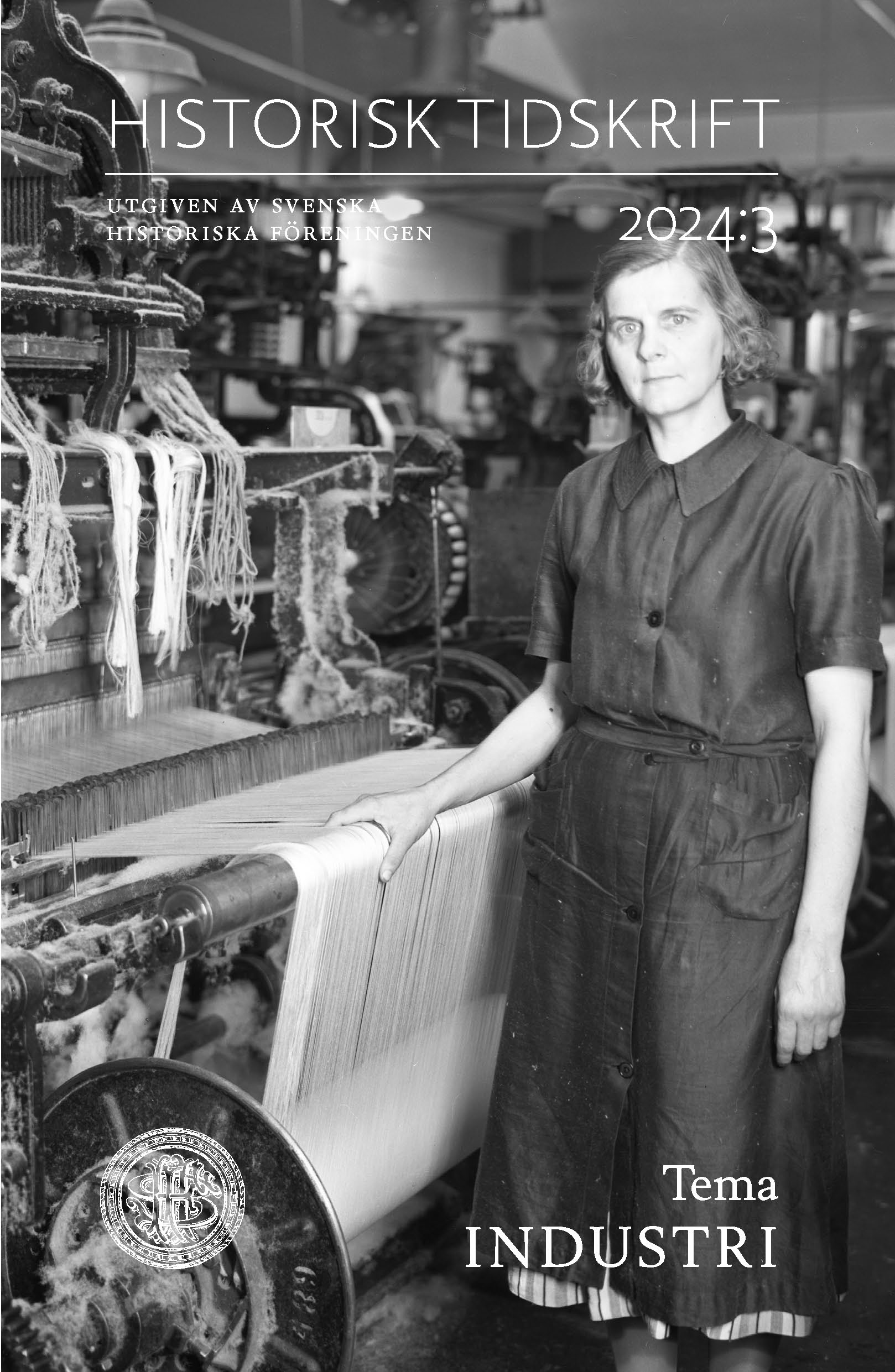Abstract
Competing for Northern Sweden’s forest resources: The sawmill sector and industrial operations, 1962–2003
This article addresses how private sawmills that did not own forests (merchant sawmills) managed the supply of raw materials, timber prices, and market conditions in the late twentieth century, when faced by tougher international competition, increased concentration, demands for new production technology, and large-scale production with greater capital investment. Why did some firms survive longer than others? How did they deal with changing market conditions and a new political climate? We analyse how merchant sawmills in the Swedish county of Västerbotten tried to organise their interests to influence the supply and price level of their raw material. The study focuses on the interest organisations whose archives we have had access to, AB Sågverksintressenter (ABSI) later Sågab, which primarily worked to secure access to timber and influence price levels. In this context, the government also played a major role since the Swedish timber market was divided into price areas. The sawmills, through their cartels, negotiated the price in each area with the sellers through the forest owners’ associations. The decisive moment came in 1993, when Sweden was to become a member of the EU and needed to adapt its competition legislation, which had far-reaching consequences, especially for the merchant sawmills. Our investigation shows some merchant sawmills tended towards concentration and large-scale operations, while the differences in size among the remaining merchant sawmills in the early 2000s still varied greatly. The coordination of the merchant sawmills by ABSI and Sågab could have offset some of the disadvantages of smallness in the markets. Sågab succeeded in coordinating the supply of raw materials, electricity contracts, and the negotiation of the sales price of woodchips, while other types of cooperation were not thought important – for example there is no sign that Sågab coordinated the purchase of production technology or the like. Both external forces (state involvement) and internal forces (intracartel competition) influenced the extent to which cartel cooperation developed. The results contribute to our knowledge of the complexity and institutional conditions of industrial development.

